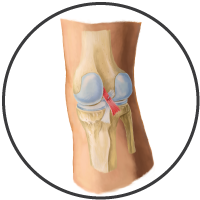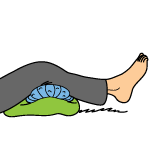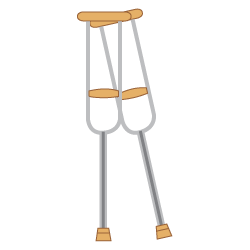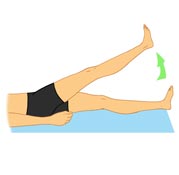PCL Tear Treatment
- RICE -- The RICE method is an effective way to get control of your symptoms.
- Immobilization -- A brace or splint can be worn to help you keep the knee still.
- Painkillers -- Over-the-counter painkillers can provide temporary relief.
- Blood Flow -- Improving blood flow circulation works to accelerate healing.
- Physiotherapy -- Physiotherapy can begin about 4-6 weeks into recovery.
If you have a PCL Tear, the first step is to make sure you don't do any further damage to the PCL. This can be achieved by resting your knee and avoiding the activity that caused your PCL injury. You may even want to consider immobilizing the PCL with a brace or splint. Next, you need to relieve the pain, swelling and inflammation. The easiest way to do this is by following RICE (Rest, Ice, Compression, Elevation) and taking painkillers. To begin the healing process, you need extra blood flow. There are devices that can be worn while you are resting that bring additional blood flow to your PCL. This improved circulation works to heal your damaged PCL and speed up the recovery process. Physical therapy consists of exercises designed to help your knee regain strength and flexibility.







